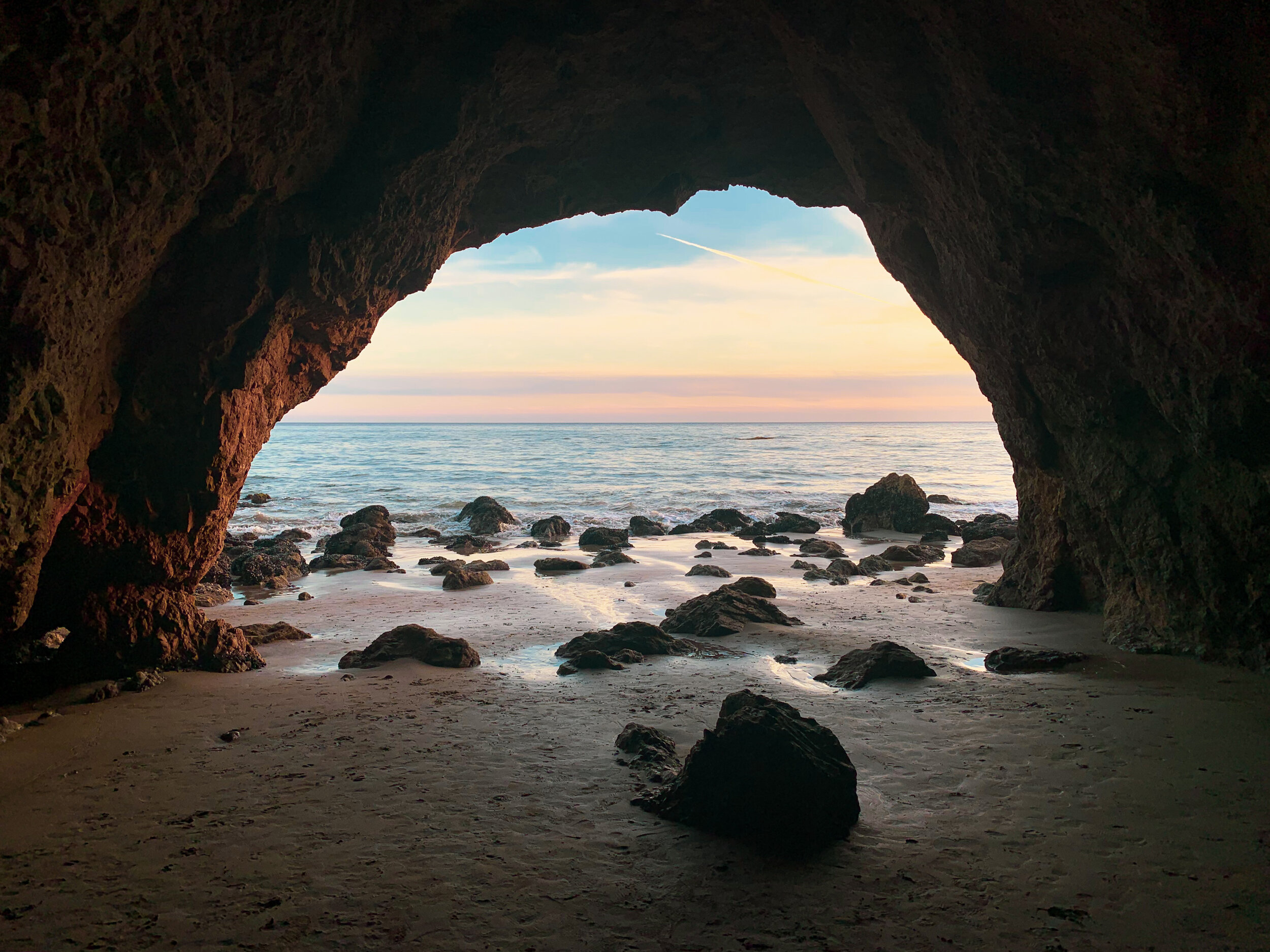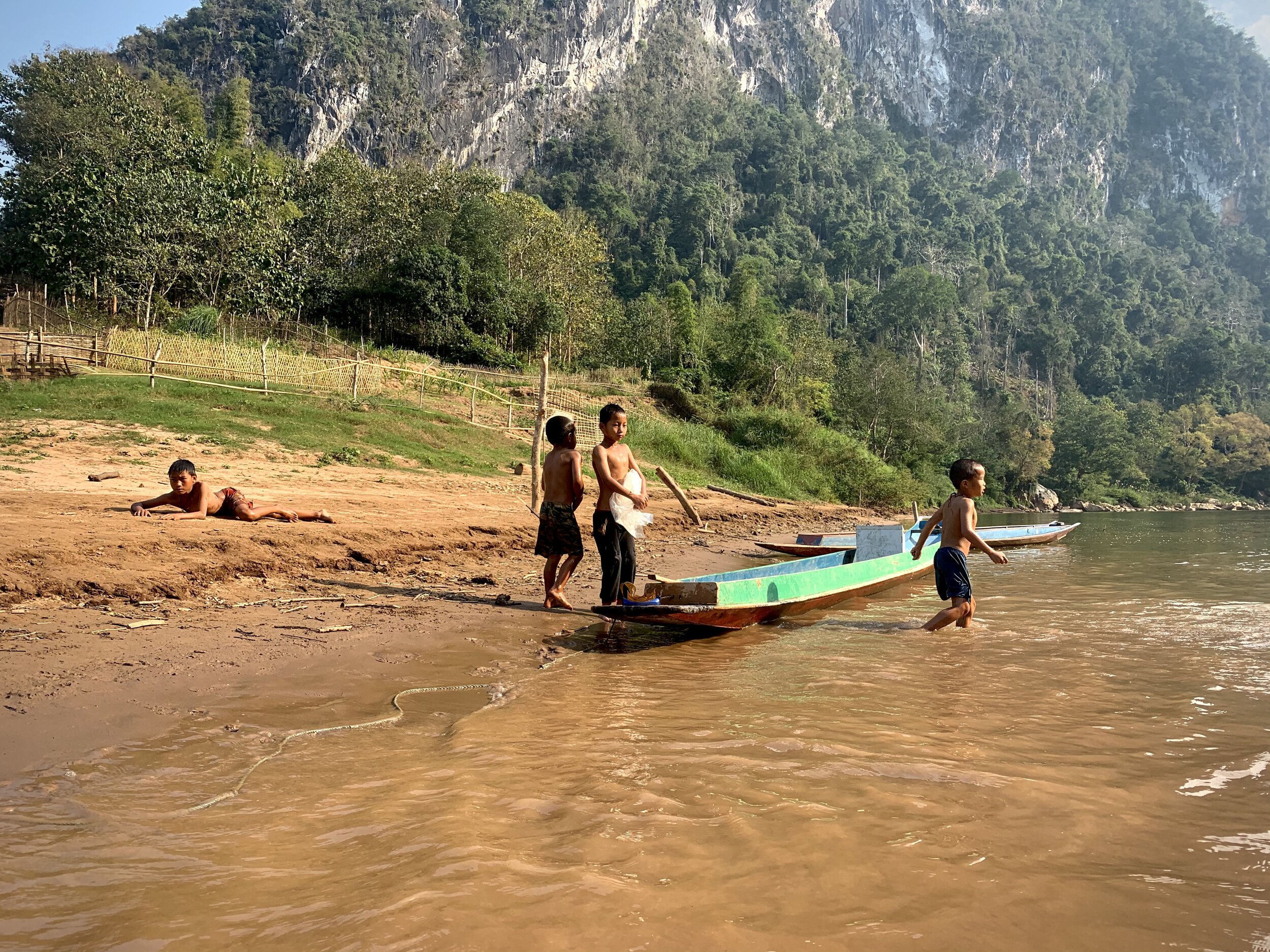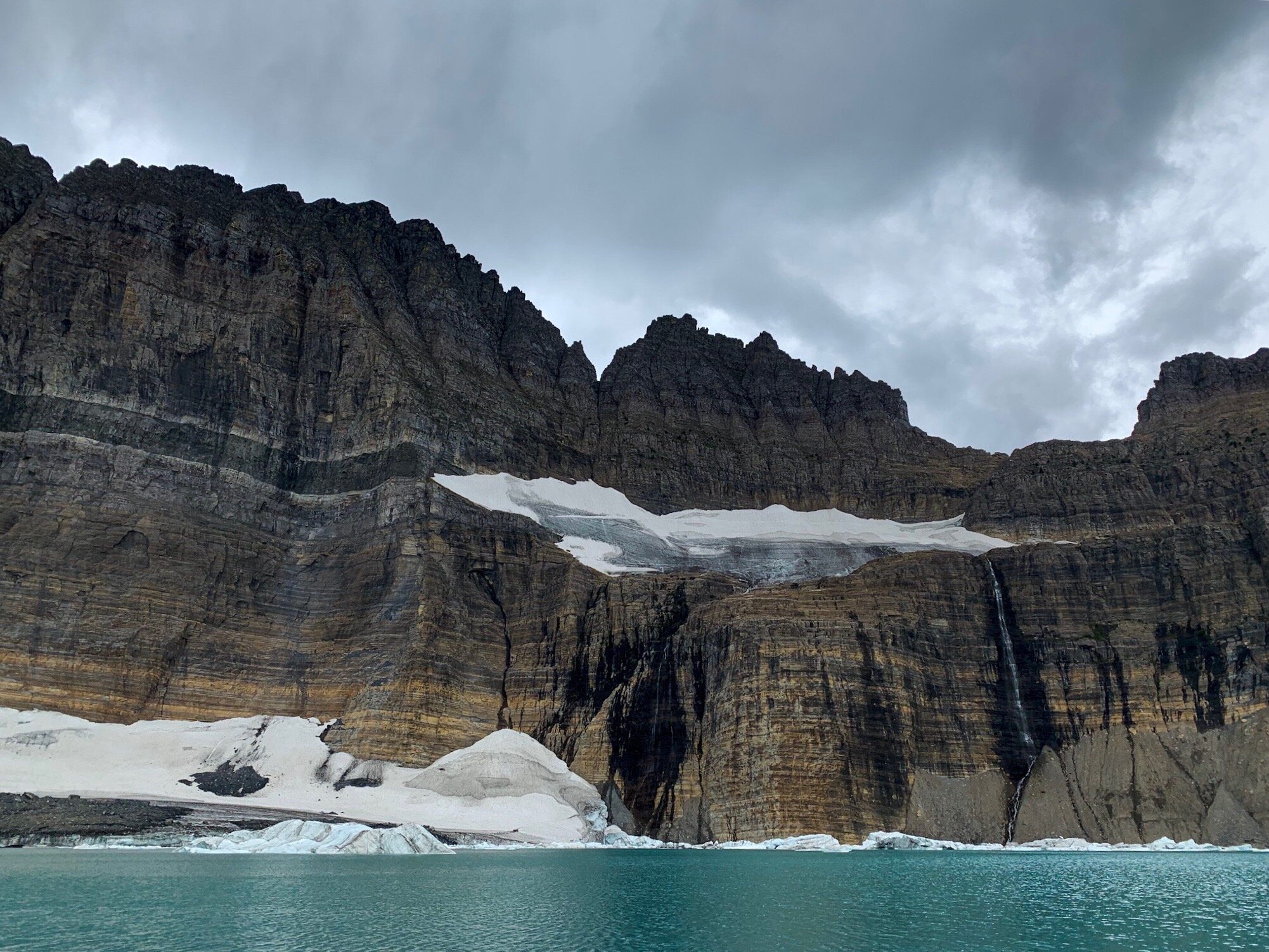This past week, I went on a far different trip than what I’d normally plan for myself. I’d been thinking about getting my Wilderness First Aid certification for a while, and when I got an opportunity to do so with my favorite volunteer group, GIVE Volunteers, I jumped at the chance. This wasn’t just going to be a two-day, 16-hour WFA course, we’d also be learning outdoor leadership, international guide skills, and risk management. The entire program lasted one week and took place in the North Cascades of Washington during the last months of the Pacific North West’s deep winter. Since it was such a unique program, I figured it would be most useful to you, as readers, to know what I packed for this environment.
(This post may contain affiliate links)
Cascade backcountry
Outdoor Essentials
As this was a wilderness education course, we were required to bring a sleeping bag and other types of outdoor gear, as well as the expected gear. Half of my big 65L bag was taken up by my favorite zero degree sleeping bag from Madera Outdoor. As we didn’t know how effective the heat in our lodging would be, it was essential to pack for the worst, just in case.
Other outdoor gear that I’m so glad I brought along included my Merrell Moab hiking shoes, since they’re already broken in and fully waterproof. The best socks for this excursion actually ended up being my hiking socks, so make sure you bring a few pairs of those as well if you’re heading to Washington’s mountains in the snow season. A day pack is also essential for staying outside for long periods of time! Other than that, most of our outdoor gear was provided. If you’re not going to the Cascades with a tour group, though, I’d suggest investing in either microspikes or snowshoes for hiking, as well as trekking poles—I wouldn’t have made it through the week without them!
The woods by our lodge in the Cascade Mountains
Cold Weather Essentials
It was between 20 and 40 degrees pretty much the entire week, so layers were key. As we learned in our WFA course, “be bold, start cold!” which means starting with a base layer and adding layers as you get colder from being outside, since exertion will warm you up quick! I brought a few base layer shirts, one fleece, one sweatshirt, and my ski coat. As for bottoms, I had leggings as a base layer, and then on really cold days, added (second hand) wool ski pants. My outer layer for snow was always a goretex shield. It’s also important to always carry extra socks in case yours get wet! It’s also essential to make sure you have waterproof gloves (for making snowballs, obviously). Two other things I wouldn’t have done this week without were my Buff and a warm beanie.
In terms of non-clothes, bringing an extra blanket was a great decision for sleeping in a cabin in the woods in the middle of the Cascades in winter!
Waterfall in Cascade backcountry
Overall, I was able to fit all of this gear and a few more non-essentials (laptop, book, snacks, etc…) in one 65L backpacking bag and one 22L daypack. The truth is, the cold allows you to re-wear so many of your clothes, so you don’t need to worry about packing an entirely fresh outfit for everyday, especially if you’re visiting the Cascades to spend time outside. The Cascades are absolutely beautiful, yet might feel a bit overwhelming to visit in the winter. But don’t avoid it, embrace the cold—you’ll be met with some of the most beautiful and authentic nature you’ve ever seen.
If you are interested in doing a program with GIVE Volunteers, make sure you put me (Halle Homel) down as a reference, and email or message me via my contact page with any questions you may have!



































